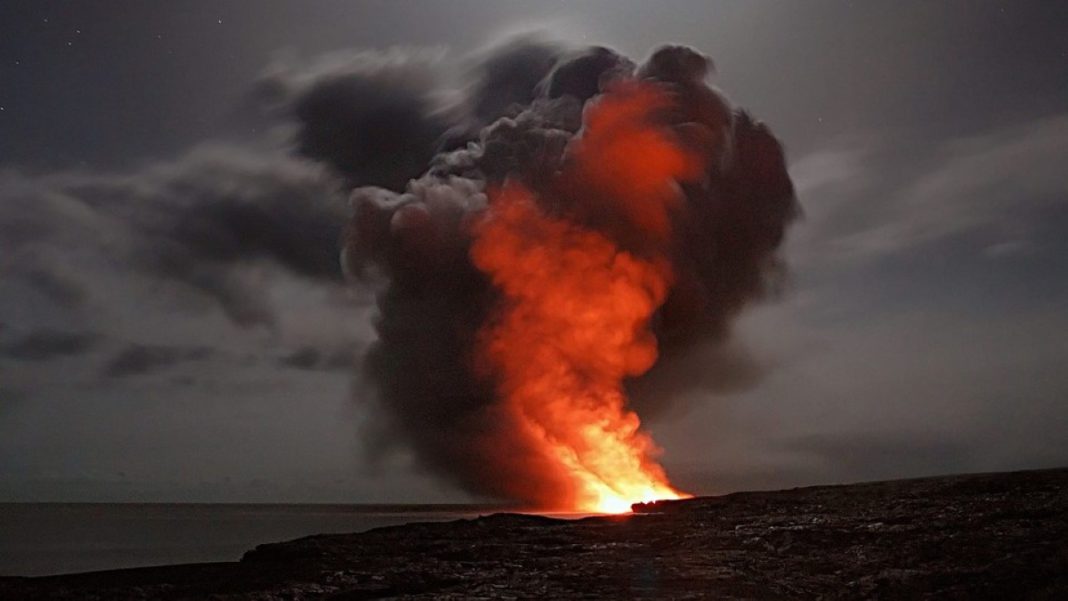TONGA: In a groundbreaking study, scientists have discovered that an underwater volcanic eruption that occurred last year had the power to generate plasma bubbles that disrupted radio communications in outer space.
The findings of this research have implications for avoiding disruptions to satellite and GPS systems on Earth and offer insights into the study of volcanoes on other planets.
The eruption of the Hunga Tonga-Hunga Ha’apai submarine volcano in January 2022, near the Kingdom of Tonga in the South Pacific, was an explosion that produced the highest volcanic plume ever recorded, reaching a towering height of 35 miles (57 kilometres).
The eruption also triggered tsunamis in places as far as the Caribbean, making it the most powerful natural explosion in over a century, comparable to the strength of the biggest U.S. nuclear bomb.
Previous studies showed that the atmospheric waves generated by the eruption were strong enough to disturb the ionosphere, a high layer of Earth’s atmosphere spanning from 50 to 620 miles (80 to 1,000 km) above the surface.
The ionosphere is electrified by solar radiation, resulting in the formation of electrically charged ions.
Scientists had long speculated about the potential of disrupting the ionosphere’s F-region, which harbours the highest concentration of ions in the atmosphere by volcanic activity.
They wondered if such events could create “equatorial plasma bubbles,” which can interfere with satellite communications and GPS signals in the equatorial areas of the ionosphere.
In their new study, researchers utilized Japan’s Arase satellite to detect equatorial plasma bubbles, the Himawari-8 satellite to monitor atmospheric waves, and ground-based stations to track ionosphere movements.
The team observed that the shockwave from the Tonga eruption caused equatorial plasma bubbles to extend up to an altitude of at least 1,240 miles (2,000 kilometres), surpassing the predictions of standard bubble models.
Surprisingly, the scientists also noticed a sudden increase in electron density and the height of the ionosphere hours before the initial shockwave arrived.
The researchers attributed this rapid response to the interaction between atmospheric waves from the eruption and the electrically charged ions in the ionosphere, facilitating the quick transmission of energy along Earth’s magnetic field lines.
These findings hold significant implications for forecasting plasma bubbles associated with volcanic eruptions and other surface events on Earth.
While we cannot prevent the severe effects on satellite communications and GPS signals, the ability to alert operators of aircraft and ships expected to pass through these regions in the future can vastly mitigate potential risks.
Furthermore, this research opens avenues for studying the atmospheric effects of volcanoes on Earth and distant celestial bodies.
For instance, Venus shrouded in thick clouds, poses challenges for direct observation of active volcanoes using optical satellite observations alone.
However, measurements of the plasma, similar to those conducted by the Arase satellite, could confirm the presence of active volcanoes on Venus.
The scientists shared their groundbreaking findings in the journal Scientific Reports, highlighting the potential for future research to enhance our understanding of volcanic phenomena and their impact on our planet and beyond.
Also Read: ‘The Kerala Story’ Faces Major Setback as Movie Screening Gets Cancelled in UK



